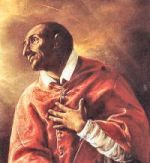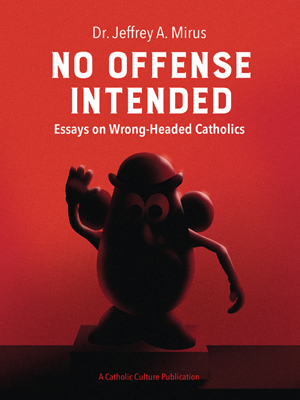Religious History Of Armenia
by Unknown
This year Armenian Christians celebrate the 1,700th anniversary of the baptism of Armenia through the ministry of St. Gregory the Illuminator. Armenia is the first nation to embrace Christianity officially. Constantine issued the Edict of Milan, which gave Christians the freedom to practice their religion throughout the Roman Empire only in 313.
St. Gregory’s life foreshadowed the persecution of the Armenian Church down the ages. Because of his Christian faith, he spent 13 years imprisoned in a dark pit, the dungeon of Khor Virab, the dungeon of the doomed, not much more than 10 feet square at the bottom of a 6 metre deep shaft by command of King Tiradates. Only after this cruel suffering was St. Gregory able to bear public witness to his baptismal faith and preach the Gospel.
According to tradition, an angel appeared and told Gregory he would eventually be safe. In 301 Tiradates was spurned by a Christian virgin. He killed her and 36 virgin friends and then went insane. However, his sister had a dream that he would be cured if Gregory would be released. Gregory was then set free, cured Tiradates, and converted him to Christianity, which became the state religion. Despite his sufferings, Gregory rejected bitterness, took up the way of purity by preaching the life-giving word of God. Gregory became Armenia’s first bishop.
That year he had a vision in which Christ appeared in a village near Armenia’s current capital, Yerevan, and struck the ground with a golden hammer. It was holy Etchmiadzin near Mt. Ararat. A great cathedral appeared. Gregory ordered one built there. Seventeen centuries later it is the seat of the Armenian Church.
Gregory’s life foreshadowed the path of suffering that marked the history of the Armenian Church. In 390 Armenia became divided between the Byzantine and Persian Empires, and in 430 the monarchy disappeared. Since then the Armenians have been subject to Persians, Arabs, Turks, and Russians and their unity has consisted in the bond of race, language, literature and religion. The Armenians have suffered persecution intermittently throughout their history, and a large part of the whole nation was massacred by the Turks, and later also by the Russians between 1893 and the present. Such wars and upheavals forced Armenians to leave their country and settle in Lebanon, Syria, Europe and America.
During the centuries of persecution from Persians and Arabs, from the end of the 9th century to the middle of the 11th century there was an independent kingdom of Bagratids in Armenia. The medieval kingdom of Cilicia or Little Armenia existed as an independent kingdom from the 12th century to 1375. During this period of independence, the Armenians of Little Armenia were united with the Holy See. They adopted many practices from the contact with the West. Armenia sent representatives to the Council of Florence (1438-9), which issued the famous instruction for the Armenians.
The present organization of the Church consists of the Patriarchate of Etchmiadzin (the Patriarch is the head of the Armenian Church), the Catholicate of Sis, and the Patriarchates of Jerusalem and Constantinople. There are about two and a half million Armenians. About 160,000 are in communion with the Holy See.
To mark the 1700th Anniversary of the baptism of Armenia, the Holy Father sent three segments of the precious relics of St. Gregory the Illuminator to (1) His Holiness Karekin II, Catholicos and Supreme Patriarch of All Armenians, (2) His Holiness Aram I, Catholicos of Cilicia, and to (3) His Beatitude Nerses Bedros XIX, Patriarch of Cilicia for Armenian Catholics. The Holy Father sees in the sharing of the relics a strong encouragement to unity in Christ.
© L'Osservatore Romano, Editorial and Management Offices, Via del Pellegrino, 00120, Vatican City, Europe, Telephone 39/6/698.99.390.
This item 3914 digitally provided courtesy of CatholicCulture.org






